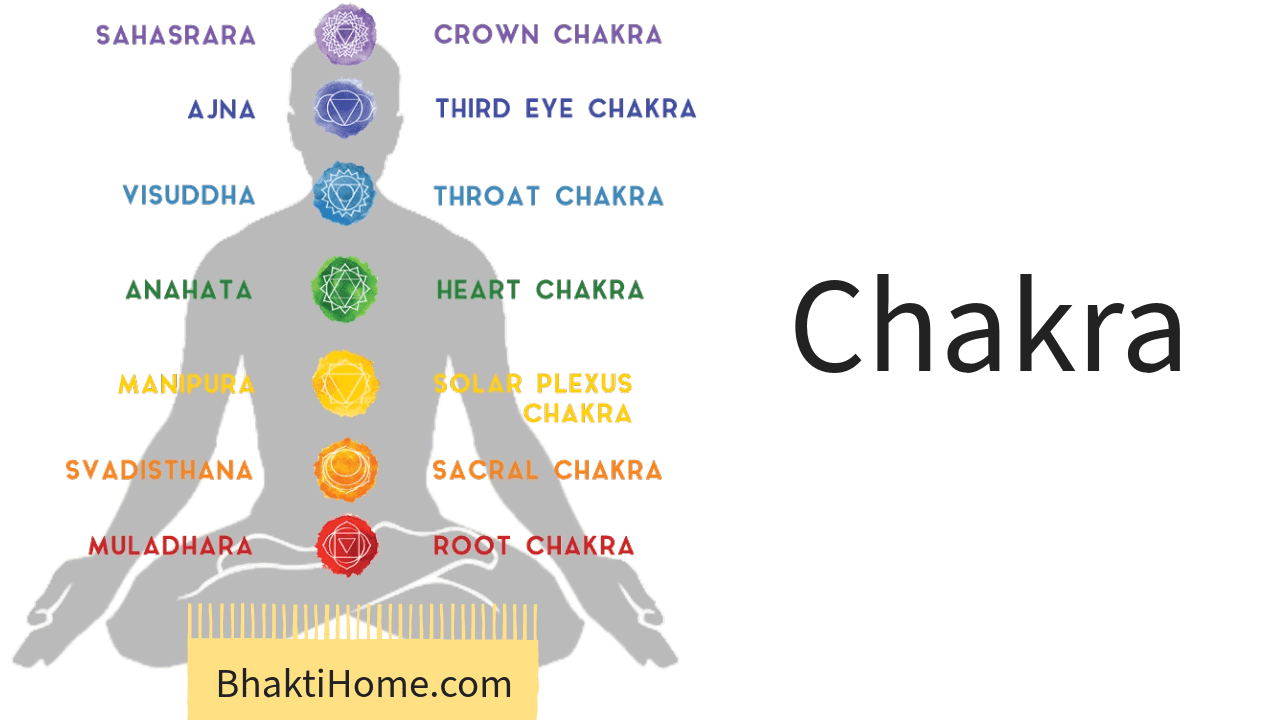
The name of Maa Kushmanda is rooted in Sanskrit, where "Ku" means 'little,' "Ushma" signifies 'energy,' and "Anda" refers to 'an egg.' According to Hindu scriptures, it is believed that during the creation of the universe by Lord Vishnu, there was nothing but darkness.
Who is Maa Kushmanda
The name of Maa Kushmanda is rooted in Sanskrit, where
"Ku" means 'little,'
"Ushma" signifies 'energy,' and
"Anda" refers to 'an egg.'
According to Hindu scriptures, it is believed that during the creation of the universe by Lord Vishnu, there was nothing but darkness. However, a formless light spread throughout when Goddess Kushmanda smiled, illuminating the entire universe, including galaxies and planets. She manifested in the form of the Goddess, known as Maa Kushmanda.
It is also beleived that Goddess Parvati, following her manifestation as Siddhidatri, took residence in the core of the Sun, from where she channels power into the universe. This form is known as Kushmanda. In this divine manifestation, she possesses the ability to dwell within the Sun, and it's believed that she emits the fiery energy of the Sun.
She brought the world into existence from nothing, as life cannot exist without light. She became the ultimate source of light and energy, with even the sun believed to receive its energy and light from Goddess Kushmanda. This form of Mother Durga is referred to as Adi Shakti.
About Maa Kushmanda | माँ कूष्माण्डा
| Name (नाम) | Maa Kushmanda (माँ कूष्माण्डा ) |
Maa Kushmanda Alternate Names (वैकल्पिक नाम) | Ashtabhuja Devi अष्टभुजा देवी |
| Maa Kushmanda Vehicle (वाहन) | Lioness (शेरनी) |
| Maa Kushmanda Weapons (शस्त्र) | Maa has Eight Hands - Maa carries a kamandala (water pot), bow, arrow, and lotus in her right hands, while in her left hands, she holds an Amrit Kalash (nectar vessel), Jaap mala (prayer beads), mace, and chakra (discus). |
| Maa Kushmanda Expression/Mudra (अभिव्यक्ति/मुद्रा) | Adorns a gentle smile (सौम्य मुस्कान) |
Maa Kushmanda Planetary Influence (ग्रह-प्रभाव) | Sun (सूर्य) Bestower of direction and energy to the Sun |
| Maa Kushmanda Stuti (स्तुति) | Ya Devi Sarvabhooteshu Maa Kushmanda Roopen Sansthita, Namastasye Namastasye Namastasye Namo Namh. या देवी सर्वभूतेषु मां कूष्माण्डा रूपेण संस्थिता। नमस्तस्यै नमस्तस्यै नमस्तस्यै नमो नम:॥ |
| Maa Kushmanda Mantra (मंत्र) | Om Kushmandaye Namah॥ ॐ कूष्माण्डायै नम:।। |
Maa Kushmanda Story
An fascinating tale surrounds Maa Kushmanda.
It is said that in a time when the universe was nonexistent, shrouded in darkness, she conjured a "tiny cosmic egg" into existence with her radiant smile.
This act filled the universe with light, establishing her as the source of all energy in the cosmos.
It is also believed that Maa Kushmanda resides at the core of the Sun, providing energy to all living beings and guiding Surya, the Sun God.
Following the creation of the Universe, Maa Kushmanda crafted the first beings, three supreme goddesses.
- From her left eye, she fashioned a fearsome form named Mahakali.
- Her center eye on the forehead created another ferocious entity known as Maha Lakshmi.
- The right eye birthed an exceedingly benevolent and smiling figure named Maha Saraswati.
From Mahakali's body, a male and a female emerged. The male, Shiva, possessed five heads and ten arms, while the female, Saraswati, had one head and four arms.
Mahalakshmi's body produced a male named Brahma, with four heads and four arms, and a female named Lakshmi, featuring one head and four arms.
When Maa Kushmanda gazed at Mahasaraswati, she gave birth to a male and a female.
The male, Vishnu, had one head and four arms, and the female, Shakti, also had one head and four arms. Ma Kushmanda then offered Shakti to Shiva, Saraswati to Brahma, and Lakshmi to Vishnu as consorts.
Subsequently, Maa Kushmanda absorbed the three supreme goddesses and merged herself into Shakti as an eternal source of divine energy.
Thus, Goddess Kushmanda is perceived as a manifestation of Shakti, the creator of the Universe and the first being in existence. The deities she birthed went on to create the diverse life forms in the Universe.
Goddess Kushmanda is depicted with eight arms, wielding a Kamandalu, a bow, an arrow, a lotus, a pot of nectar, a disc, a mace, and a rosary.
Worshiping Goddess Kushmanda regularly is believed to bestow prosperity, power, pleasure, and salvation. Maa Kushmanda is also revered for her ability to dispel ailments, troubles, and obstacles for her devoted followers.
Maa Kushmanda Iconographic Insights
- Maa Kushmanda has Eight Hands.
- Maa Kushmanda carries a kamandala (water pot), bow, arrow, and lotus in her right hands,
- While in her left hands, Goddess Kushmanda holds an Amrit Kalash (nectar vessel), Jaap mala (prayer beads), mace, and chakra (discus).
Maa Kushmanda Ruling Planet
- Maa Kushmanda governs over the planet Sun, and it is believed that worshipping her with pure intentions can ward off any adverse effects associated with the Sun.
Maa Kushmanda Chakra Association
Maa Kushmanda is associated with the Anahata Chakra, which is the Heart chakra dominated by Narayana in spiritual practice. Her divine blessings aid in the fulfillment of your desires, turn enemies into well-wishers, and bring light to dispel darkness, ultimately bringing harmony into your life.

Worshipping Maa Kushmanda : A Step-by-Step Guide
The worship on the fourth night of Navratri begins with the veneration of Kushmanda, a ritual carried out using sacred puja items. Here's how it is performed:
- Begin your day early.
- After bathing, dress in green attire.
- Place a green cloth or seat for your Goddess Kushmanda's worship.
- Light a ghee lamp in front of the idol or photograph of Goddess Kushmanda, and apply tilak.
- During the worship, offer various items including clothing, saubhagya Sutra, sandalwood, Roli, turmeric, vermilion, durva grass, bilvapatra, jewelry, floral garlands, fragrant flowers, incense, lamps, nevedh (food offering), fruits, and betel leaves.
- Offer green cardamom, fennel, and raw pumpkin fruit.
- Chant the mantra "Om Kushmanda devyey Namah" 108 times.
- Perform the aarti (ceremonial lamp) for Goddess Kushmanda and offer food to a Brahman or make a charitable donation.
- It's also essential to worship the Tridev (Brahma, Vishnu, Mahesh) and Goddess Lakshmi.
- If desired, read and chant the Siddha Kunjika.
- Don't forget to partake in the prasad (sacred food) yourself.
- Goddess Kushmanda holds a special affection for males. After worship, share the prasad with others, starting with an offering to the Goddess, and then enjoy it yourself.
Benefits of Observing Maa Kushmanda Puja
Goddess Kushmanda always extends one hand in the Abhayamudra, bestowing blessings upon her devotees. Below are benefits of Maa Kushmanda Puja and chanting Mantra.
- Devotees engaged in spiritual and religious practices should be aware that Maa Kushmanda is associated with the Anahata Chakra (Heart Chakra), represented by the color green.
- Those individuals who struggle with issues such as fear, depression, anxiety, and nervousness are advised to worship Maa Kushmanda with sincere devotion. It is also recommended to recite the Durga Saptashati Paath to seek the blessings of Maa Durga.
Maa Kushmanda Mantra
माँ कूष्मांडा स्तुति मंत्र
या देवी सर्वभूतेषु , माँ कूष्माण्डा रूपेण संस्थिता।
नमस्तस्यै नमस्तस्यै नमस्तस्यै नमो नमः॥
अर्थ: हे माँ! आप सर्वव्यापक और कुष्मांडा रूप में प्रसिद्ध हैं, आपको मैं बार-बार नमस्कार करता हूँ। मैं आपको बार-बार प्रणाम करता हूँ। माँ, मुझे सभी पापों से मुक्ति प्रदान करो।
Maa Kushmanda Stuti Mantra:
Ya Devi Sarvabhooteshu Maa Kushmanda Roopen Sansthita,
Namastasye Namastasye Namastasye Namo Namh.
Meaning - Hey Maa! You who are renowned as the omnipresent and in the form of Kushmanda, I bow to you repeatedly. I offer my obeisance to you again and again. Mother, grant me freedom from all sins.
माँ कूष्मांडा प्रार्थना
वन्दे वांछित कामार्थे चन्द्रार्धकृतशेखराम्।
सिंहरूढ़ा अष्टभुजा कूष्माण्डा यशस्विनीम्॥
सुरा संपूर्ण कलशं रुधिराप्लुतमेव च।
दधाना हस्तपद्माभ्यां कूष्माण्डा शुभदास्तु मे ॥
माँ कूष्मांडा बीज मंत्र
ऐं ह्री देव्यै नम:
Maa Kushmanda Aarti (आरती)
कूष्मांडा जय जग सुखदानी।
मुझ पर दया करो महारानी॥
पिगंला ज्वालामुखी निराली।
शाकंबरी मां भोली भाली॥
लाखों नाम निराले तेरे।
भक्त कई मतवाले तेरे॥
भीमा पर्वत पर है डेरा।
स्वीकारो प्रणाम ये मेरा॥
सबकी सुनती हो जगदम्बे।
सुख पहुंचती हो मां अम्बे॥
तेरे दर्शन का मैं प्यासा।
पूर्ण कर दो मेरी आशा॥
मां के मन में ममता भारी।
क्यों ना सुनेगी अरज हमारी॥
तेरे दर पर किया है डेरा।
दूर करो मां संकट मेरा॥
मेरे कारज पूरे कर दो।
मेरे तुम भंडारे भर दो॥
तेरा दास तुझे ही ध्याए।
भक्त तेरे दर शीश झुकाए॥
kooshmaanda jay jag sukhadaanee.
mujh par daya karo mahaaraanee.
piganla jvaalaamukhee niraalee.
shaakambaree maan bholee bhaalee.
laakhon naam niraale tere.
bhakt kaee matavaale tere.
bheema parvat par hai dera.
sveekaaro pranaam ye mera.
sabakee sunatee ho jagadambe.
sukh pahunchatee ho maan ambe.
tere darshan ka main pyaasa.
poorn kar do meree aasha.
maan ke man mein mamata bhaaree.
kyon na sunegee araj hamaaree.
tere dar par kiya hai dera.
door karo maan sankat mera.
mere kaaraj poore kar do.
mere tum bhandaare bhar do.
tera daas tujhe hee dhyae.
bhakt tere dar sheesh jhukae.
Maa Kushmanda Prasad
- Malpua should be offered to the divine form of Mata Kushmanda and it should be offered to Brahmins in any Durga temple.
- Due to this, by the grace of Mother Goddess, her devotees gain knowledge, their intelligence and skills develop. And with this wonderful donation every kind of obstacle is removed.
Maa Kushmanda's favorite color & flower
- Mother Kushmanda has a strong affinity for the color yellow.
- On this day, as a part of the worship, present the Goddess with yellow clothing, yellow bangles, and yellow sweets.
- Additionally, Goddess Kushmanda has a particular fondness for yellow lotus, and it is believed that offering it to her bestows blessings for good health upon the devotee.

